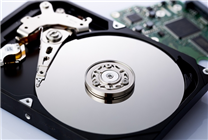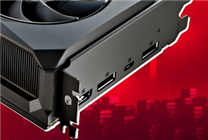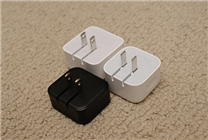How to Securely Erase Data from Your Hard Drive: A Comprehensive Guide
Summary:
- Deleting or formatting does not fully erase data; it merely marks it as available for new data.
- To truly safeguard your privacy, it is essential to fully overwrite the data on your hard disk.
- Professional data erasing software and SSD manufacturer’s tools provide effective solutions for secure data destruction.
As technology continues to evolve, the importance of data security becomes ever more critical, particularly when it comes to old computers and hard drives. Many users are unaware of a significant risk associated with simply deleting files or formatting their drives: data remains recoverable even after these processes.
Understanding the Problem
When you hit "Delete" or choose to "Format" your hard drive, the operating system does not actually erase the existing data. Instead, it removes the reference or "index" that points to that data. Consequently, the files remain physically present on the disk until they are overwritten by new data. This means that anyone with the right tools—be it second-hand buyers, recyclers, or malicious actors—can potentially recover sensitive information even after a drive has been formatted.
To genuinely eliminate the possibility of data recovery, you must ensure that the original data is completely overwritten. This requires more than just traditional deletion methods.
Effective Data Wiping Methods
Although direct overwriting of data by filling the disk with binary ones and zeros is the most thorough method of data destruction, it can be time-consuming and impractical for regular users. Fortunately, there are more efficient methods available.
-
Utilizing Professional Software:
Third-party data erasing software is specifically designed to securely wipe your hard drive. These programs can overwrite data using multiple methods according to established security standards. This approach not only guarantees that the data cannot be restored but also makes the process user-friendly. -
Mechanical Hard Drives:
For traditional mechanical hard drives (HDDs), tools like DiskGenius can be employed. Users can select the type of characters—such as zeros, random numbers, or user-defined characters—to fill the hard drive during the wiping process. It’s crucial to note that this method will erase all data, including the partition table. - Solid State Drives (SSDs):
SSDs operate differently due to their unique flash memory characteristics, which can result in some data blocks remaining untouched after a standard wipe. Therefore, to ensure complete data erasure, it is advisable to use secure erasing tools provided by the SSD manufacturer (like Samsung Magician or Intel SSD Toolbox). These tools are designed to activate the device’s built-in "Secure Erase" feature, which resets the storage unit through ATA commands, achieving a thorough cleanup.
Alternative Methods for Encrypted Drives
If your device employs full disk encryption—such as Windows’ BitLocker, macOS’s FileVault, or encryption functions on Android and iOS—data protection becomes easier. By simply deleting the encryption key, the data is rendered unreadable and unresultable. This method is particularly effective for SSDs that have already utilized encryption, ensuring that sensitive information remains secure.
Important Final Steps
Before proceeding with any data erasing method, it’s essential to back up any important files. Once data is erased using these methods, recovery is generally impossible. Additionally, for modern storage devices, a single random overwrite is often sufficient. Multiple overwrites could lead to undue wear and tear on the hardware, potentially accelerating its degradation.
Conclusion
In today’s digital landscape, protecting your data is paramount—especially when disposing of old computers or hard drives. Understanding the limitations of traditional deletion methods is the first step toward safeguarding your privacy. By leveraging professional data erasing software and the appropriate tools for SSDs, you can ensure your sensitive information is securely destroyed, offering you peace of mind as you recycle or sell your devices.







